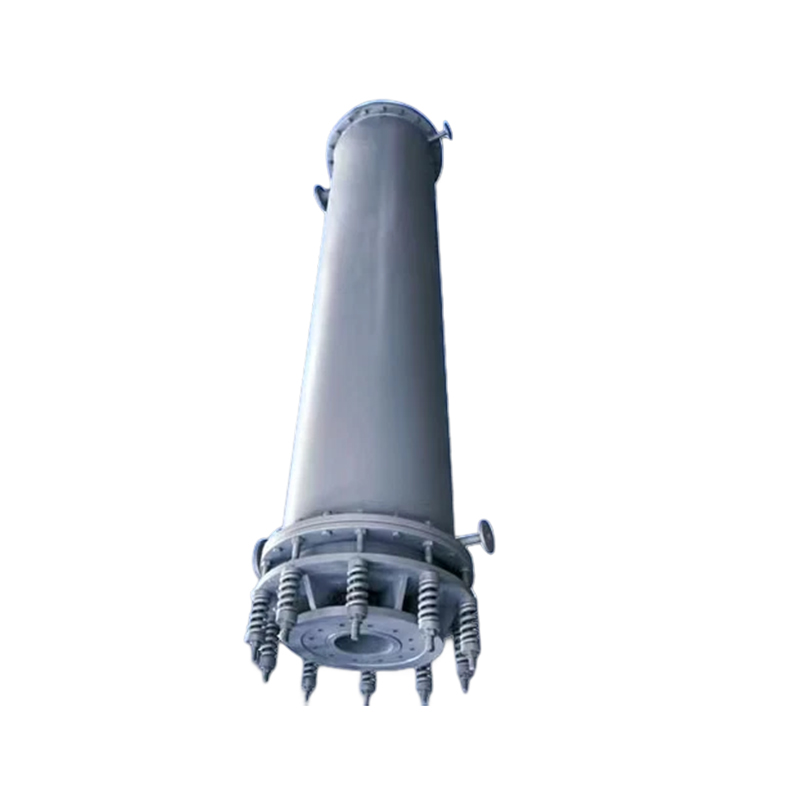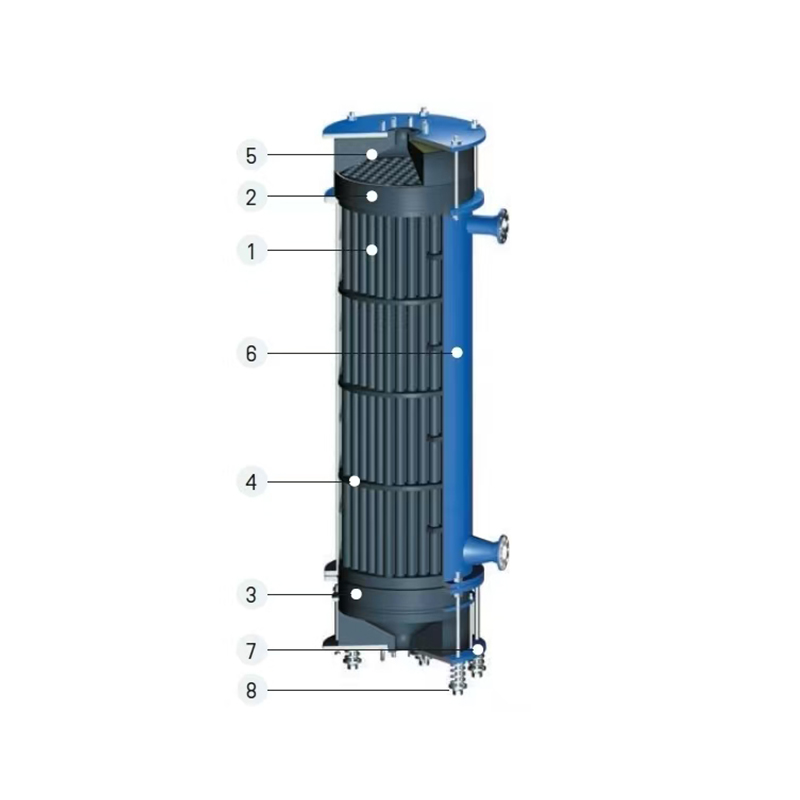News
-

What is the heat transfer efficiency of a carbon fiber composite tubular graphite heat exchanger?
With advancements in carbon fiber manufacturing technology, low-cost, high-performance composite materials will further promote the widespread adoption of tubular graphite heat exchangers.
Learn More2025-11-13 -

How is the coefficient of thermal expansion of a carbon fiber composite tubular graphite heat exchanger determined?
Optimizing the coefficient of thermal expansion of a carbon fiber composite tubular graphite heat exchanger requires balancing thermal stability with manufacturing processes.
Learn More2025-11-06 -

How to control fluid resistance when designing a carbon fiber composite tubular graphite heat exchanger?
The smoothness of the inner wall of the carbon fiber composite tube directly affects the friction coefficient between the fluid and the tube wall.
Learn More2025-10-28 -

How does a carbon fiber composite tubular graphite heat exchanger achieve low pressure drop at high flow rates?
As a high-performance, corrosion-resistant heat exchanger, the carbon fiber composite tubular graphite heat exchanger is primarily used in processes such as heating, cooling, condensation, evaporation, and absorption.
Learn More2025-10-23 -

Can graphite heat exchangers operate stably and long-term without failure in environments containing hydrofluoric acid, concentrated sulfuric acid, or chlorides?
In the world of chemical production, many critical reactions and separation processes involve extremely challenging media environments—strong acids, strong bases, high concentrations of salts, and highly corrosive reactive ions.
Learn More2025-10-15 -

What are the advantages of the Carbon Fiber Composite Tubular Graphite Heat Exchanger?
Upon equipment decommissioning, the graphite material recovery rate reaches 95%, meeting the requirements of a circular economy.
Learn More2025-10-11

